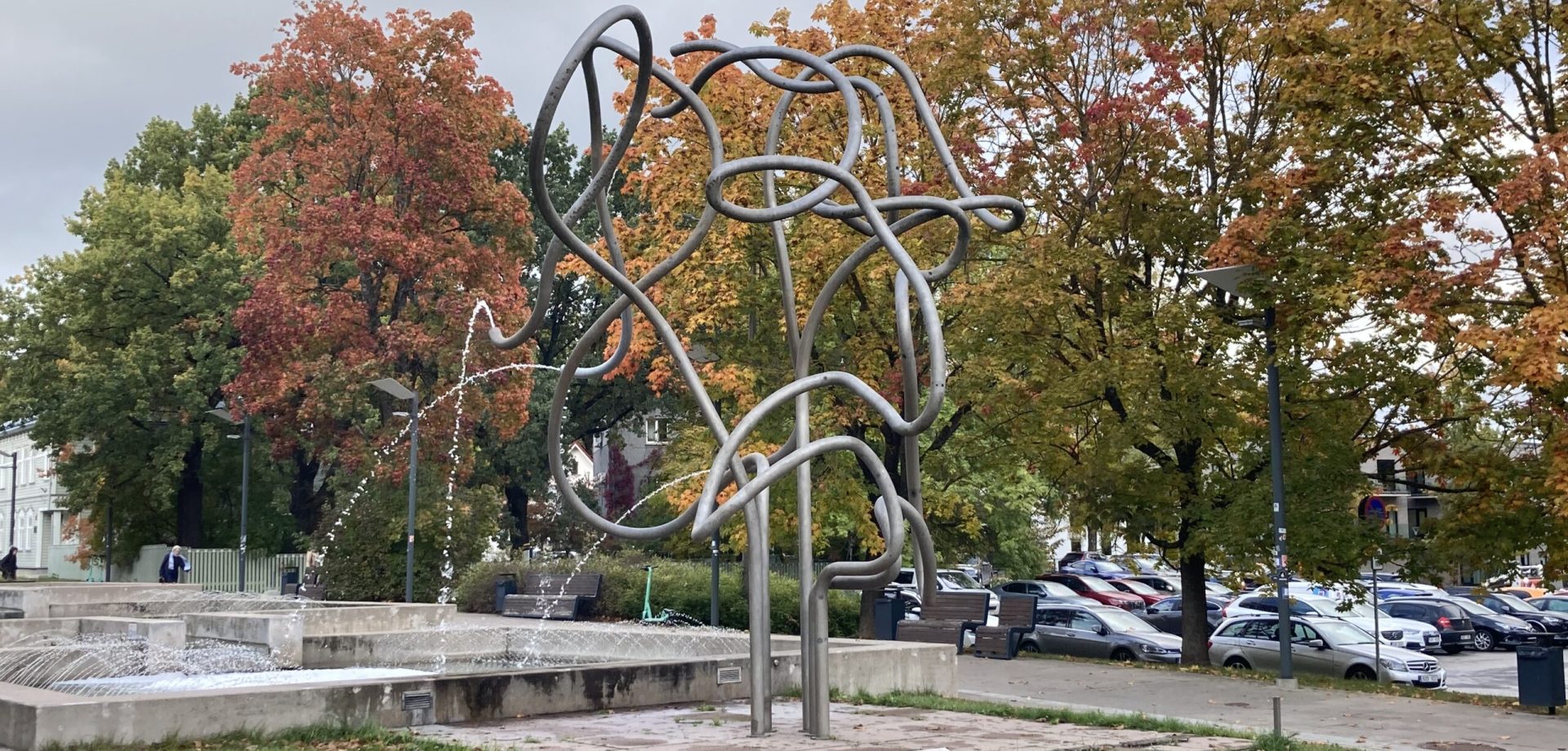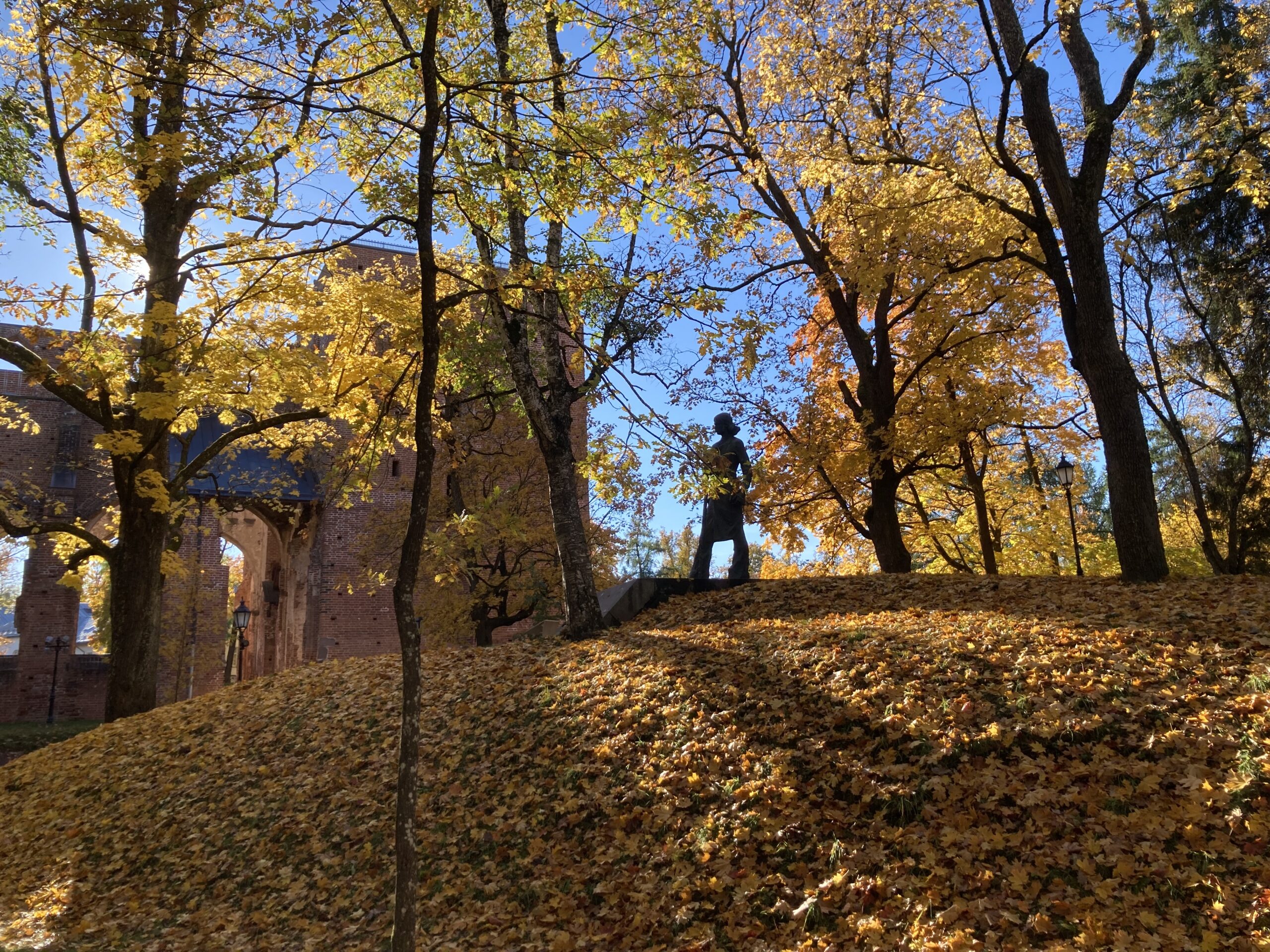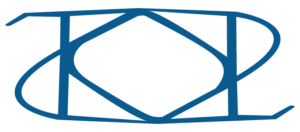
Bringing theory outside the classroom and into the urban space.
A semiotic walk in Tartu is a unique learning experience, because scholars from the University of Tartu have largely contributed to the development of this discipline in the past century.
Thanks to the research work and theoretical contribution of Juri Lotman and various researchers associated with the Tartu-Moscow School and the Department of Semiotics of the University of Tartu, Tartu has a strong connection with semiotics. Lotman (1922-1993) was one of the co-founders of the Tartu-Moscow school in the 60s, and his research paved the way for text modeling theories and the study of its impact on the cultural system, which culminated in the theoretical concept of the semiosphere.
By using the concept of text in a semiotic sense, it opens up more methodological possibilities for the guide to involve the participants. In Lotman’s concept, the text is a network of meaningful relationships and a dialogue both within the text, between the text and the reader (receiver), and between the text and culture more broadly.
Perceiving the urban landscape as a text activates the messages and codes stored and preserved in the cultural memory and allows the participant/interpreter to use their imaginations to create their own concept of the city of the future – for example by reflecting and imagining what would help us individually and collectively to a better future, a sustainable future of Tartu.
The semiotic approach expands the traditional roles of the guide and the listener, the cultural objects in the first place in the interpretations are not from the material side, but diverse cultural connections in certain places in historical Tartu (see the description of the stops on the tour).
The methodology of the tour intertwines the branches of semiotics (e.g. cultural and spatial semiotics) educational knowledge that helps bring out different meanings and modeling systems, using various Tartu monuments, places, buildings as examples and interpreting them as a semiotic text.

The Tour Itinerary
These are the stops during the tour, it begins at the University of Tartu Library (W. Struve 1) and ends in front of Town Hall in the city center.
#1 Monument to Juri Lotman, Wilhelm Struve Tänav
The first stop includes the following objects: Monument of Juri Lotman at the university library, mural of "The Emperor's New Clothes" on Struve Street, and the Jakob von Uexküll center, the founder of biosemiotics.
#2 Kassitoome
The second stop is Kassitoome on the slope overlooking the Cathedral and tennis courts. Here we will discuss the ecosemiotics, nature, and components related to nature-based design.
#3 Toomemägi
The third stop is strolling through Toomemägi (Dome Hill). At this location we will talk about the Cathedral ruins, the monuments of Kristian Jaak Peterson, Willem Reiman, Karl Ernst von Baer, Area Morgenstierana, and Lohukivi.
Bridging Academia and Industry
We aim to provide relevant materials and viable methodologies to show how semiotics relates to a wide range of applicability that impacts our daily life.
